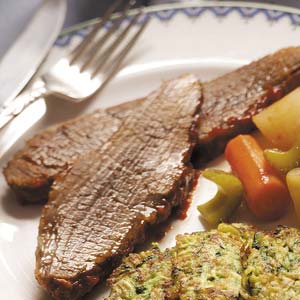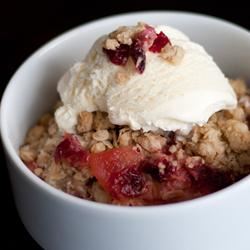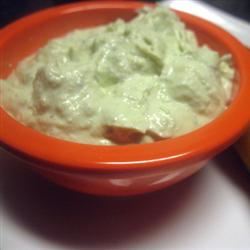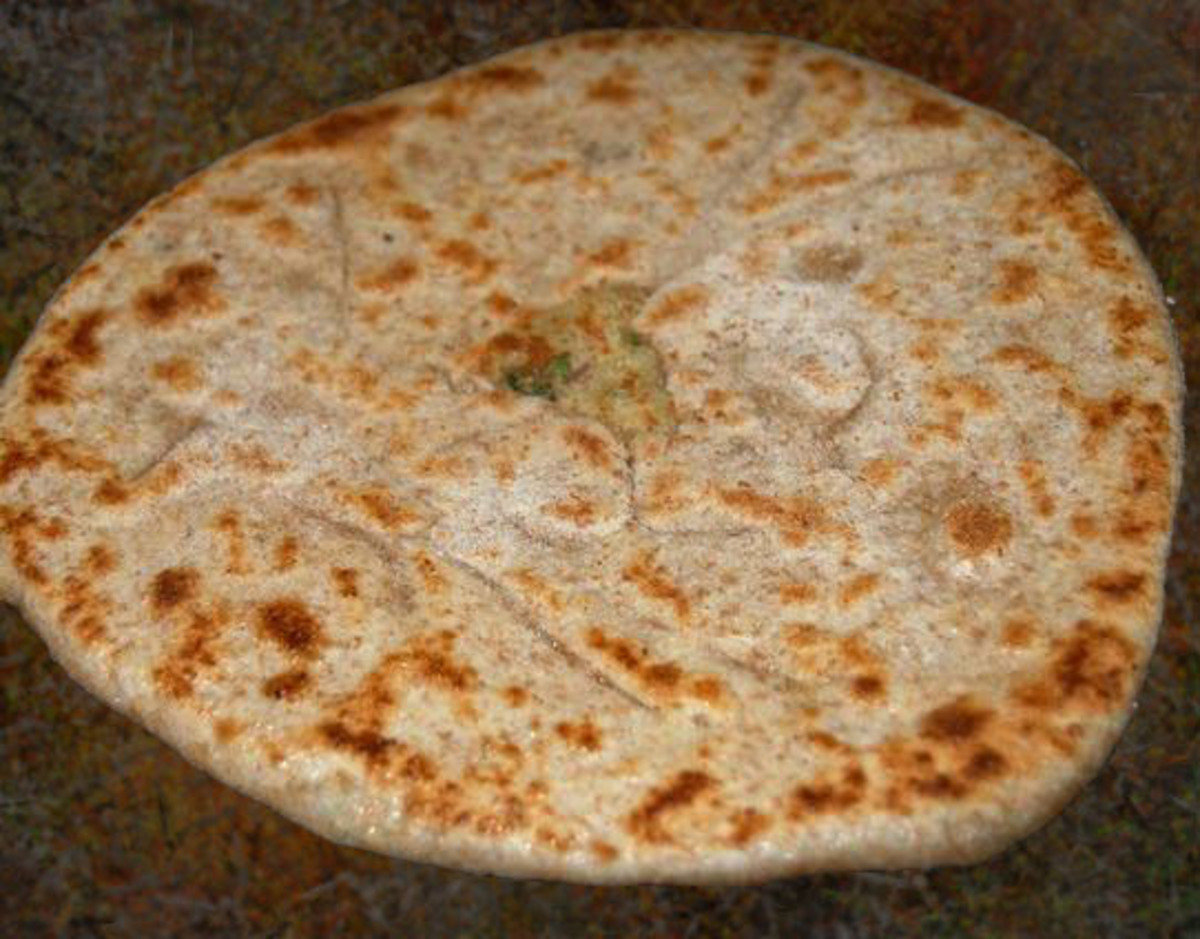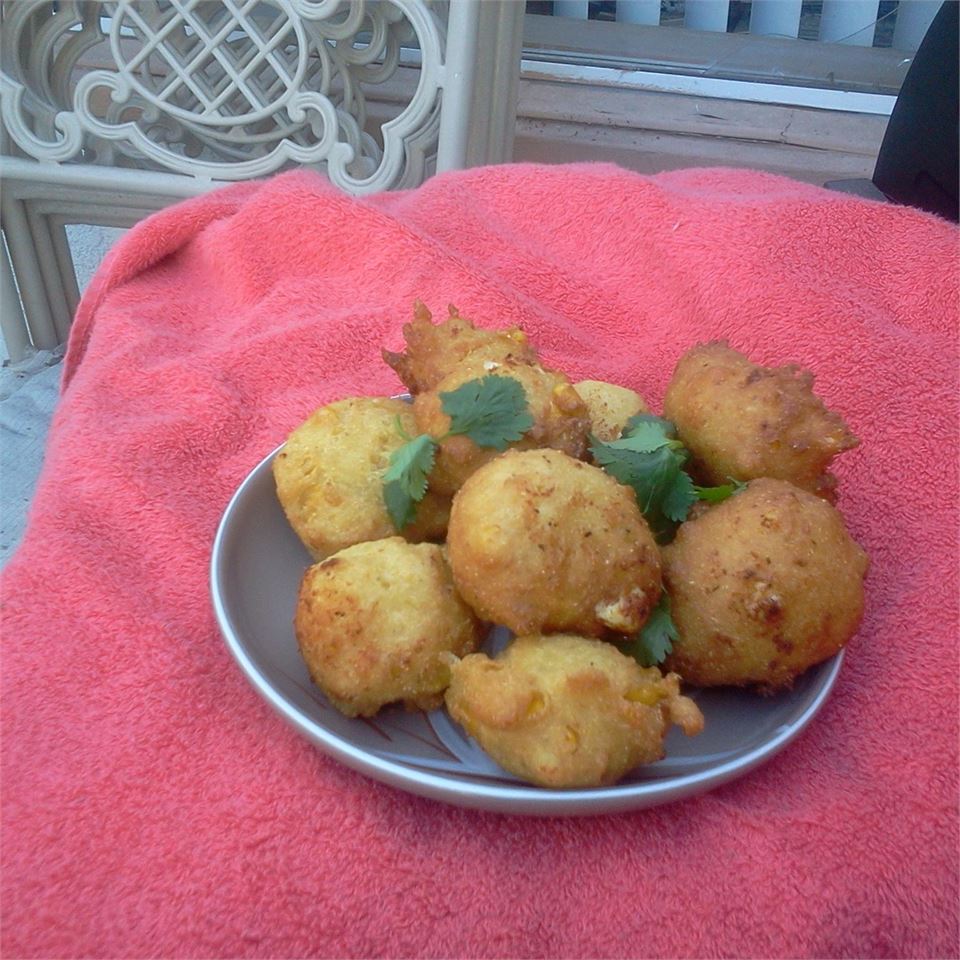Indulge in the culinary delight of perfectly poached eggs, a versatile dish that can elevate any breakfast, brunch, or lunch. Whether you prefer classic poached eggs, the luxurious Eggs Benedict, or a refreshing Eggs Florentine, this article has you covered. Discover the art of poaching eggs with our easy-to-follow recipes, ensuring a tender and flavorful experience in every bite. Dive into the creamy goodness of Eggs Benedict, where poached eggs are gracefully perched atop English muffins, complemented by velvety hollandaise sauce and crispy bacon. For a lighter option, immerse yourself in the vibrant flavors of Eggs Florentine, where poached eggs are nestled on a bed of tender spinach, adorned with a delicate hollandaise sauce. And for those who relish simplicity, master the art of classic poached eggs, served with a sprinkle of salt, pepper, and a dash of your favorite herbs.
Check out the recipes below so you can choose the best recipe for yourself!
NO-WORRY POACHED EGGS
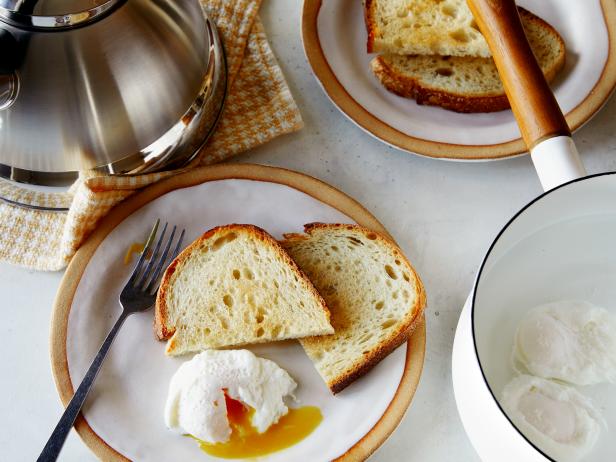
Poaching eggs can give even the most experienced cook anxiety. Will the eggs stick to the bottom of the pot? Will I break a yolk? Will they all run together? How can I tell when they are done? On top of it all, because it takes a little bit of time to gently crack each egg and lower it into the simmering water, they aren't always done at the same time. With all this in mind, we set out to crack (ha!) the code. By putting the eggs in before the hot water, they hold their shape and cook at the same time. This method works as well for 2 eggs as it does for 8, so if you are thinking of making eggs benedict for the fam this weekend, this will take the worry out.
Provided by Food Network Kitchen
Time 10m
Yield 5 minutes
Number Of Ingredients 2
Steps:
- Put the vinegar in a small or medium saucepan (depending on how many eggs you are making). Gently crack the eggs into the vinegar. Holding the saucepan handle, rock or swirl the pot gently so the vinegar redistributes between the eggs. This will help start the coagulation of the whites.
- Bring a teakettle filled with water to a boil and then gently pour the water down the inside side of the pan until you have enough water to covering the eggs by about 2 inches.
- Cover and set a timer for 5 minutes. This will help set the eggs. Uncover, turn the heat on high and quickly bring to a boil. As soon as the water is boiling, turn off the heat. Push any foam that has risen to the top to the side and immediately remove the eggs with a slotted spoon. The whites will be set but the yolk will still be runny. For harder cooked eggs, boil for another 1 to 2 minutes.
POACHED EGGS
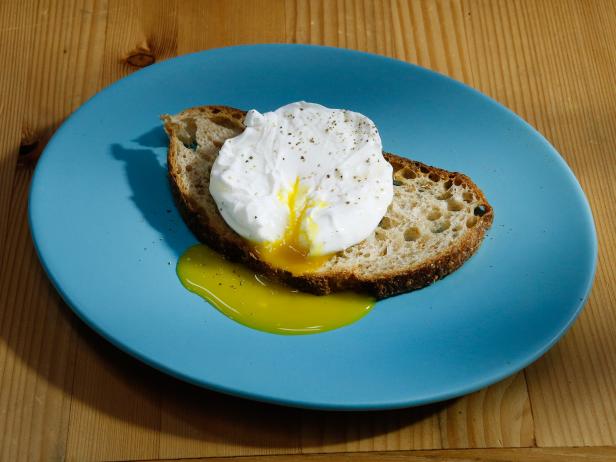
Provided by Food Network
Time 15m
Yield 4 servings
Number Of Ingredients 2
Steps:
- Add the vinegar and 2 cups water to a wide, deep skillet and bring to a simmer.
- Crack each egg into its own ramekin or small bowl. Add the eggs gently 1 at a time to the water. Cover the skillet and turn off the heat. Let the eggs poach for 4 minutes.
PERFECT POACHED EGG
I'm like many others when it comes to ordering breakfast at a restaurant. That's when I often order a poached egg. Many are intimidated to poach an egg at home. There are a few key tips that will head you in the right direction, and you'll be on your way to perfect home-poached eggs.
Provided by lutzflcat
Time 10m
Yield 1
Number Of Ingredients 2
Steps:
- Fill a large pot with at least 3 inches of water and bring to a boil over high heat. Reduce temperature to low--the water is ready when you see bubbles at the bottom of the pot, but there should be no bubbles breaking the surface of the water.
- Crack egg into a small-mesh sieve, allow it to drain, and then transfer the egg to a small bowl or ramekin in order to avoid a runny egg white. This step will give you a better-shaped poached egg with tighter whites.
- When water is at the right temperature, stir in about 1 tablespoon white vinegar which helps the egg white coagulate. Using a spoon, swirl the water in the center of the pot into a vortex or whirlpool, and carefully add egg to the center. Cook until egg white is set, but the yolk is still soft and runny, 2 1/2 to 3 minutes. Do not overcook.
- Transfer the egg to a paper towel to remove excess water using a slotted spoon. Serve immediately.
Nutrition Facts : Calories 71.8 calories, Carbohydrate 0.4 g, Cholesterol 186 mg, Fat 5 g, Protein 6.3 g, SaturatedFat 1.5 g, Sodium 70 mg, Sugar 0.4 g
Tips:
- Use the freshest eggs possible for the best results. - Bring the water to a gentle simmer before adding the eggs. - Do not overcrowd the pan when poaching the eggs. - Use a slotted spoon to gently lift the eggs out of the water. - Blot the eggs dry with a paper towel before serving.Conclusion:
Poached eggs are a delicious and versatile dish that can be enjoyed for breakfast, lunch, or dinner. With a little practice, you can easily master this simple cooking technique. Use these tips to poach eggs perfectly every time.
Are you curently on diet or you just want to control your food's nutritions, ingredients? We will help you find recipes by cooking method, nutrition, ingredients...
Check it out »
You'll also love





